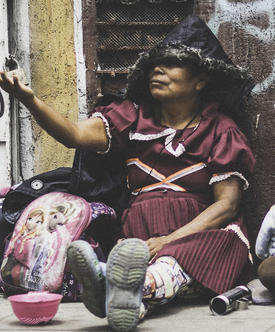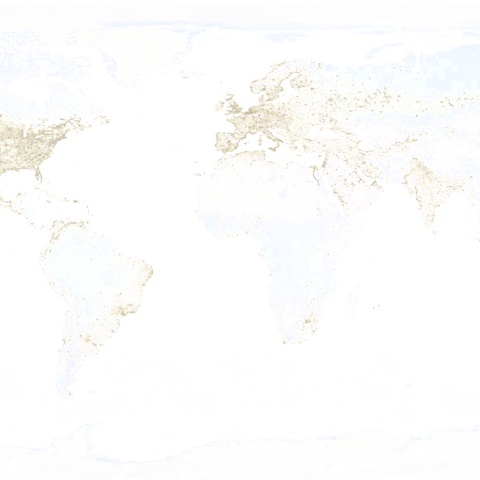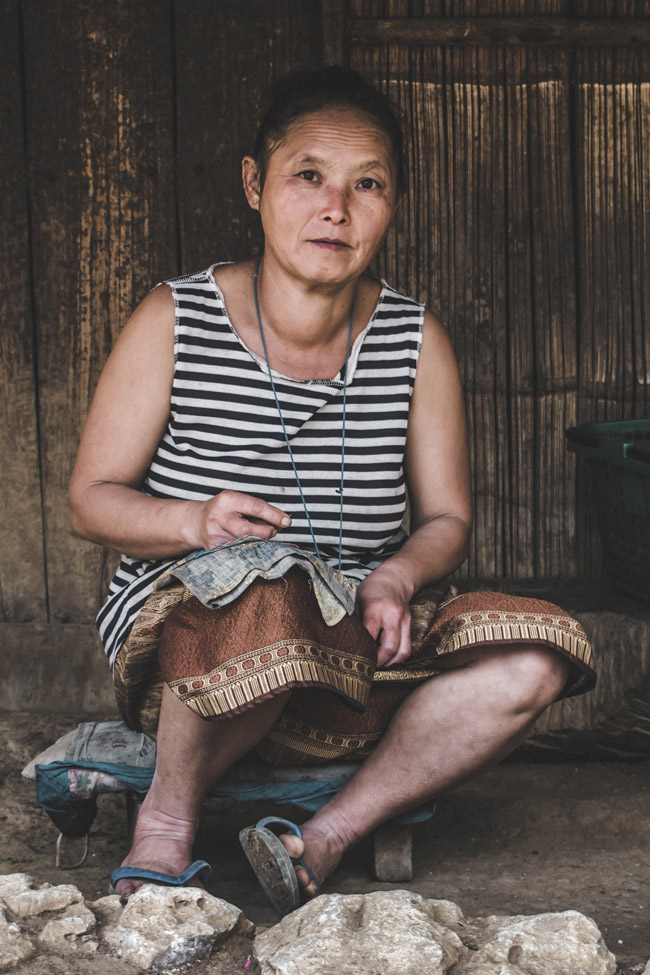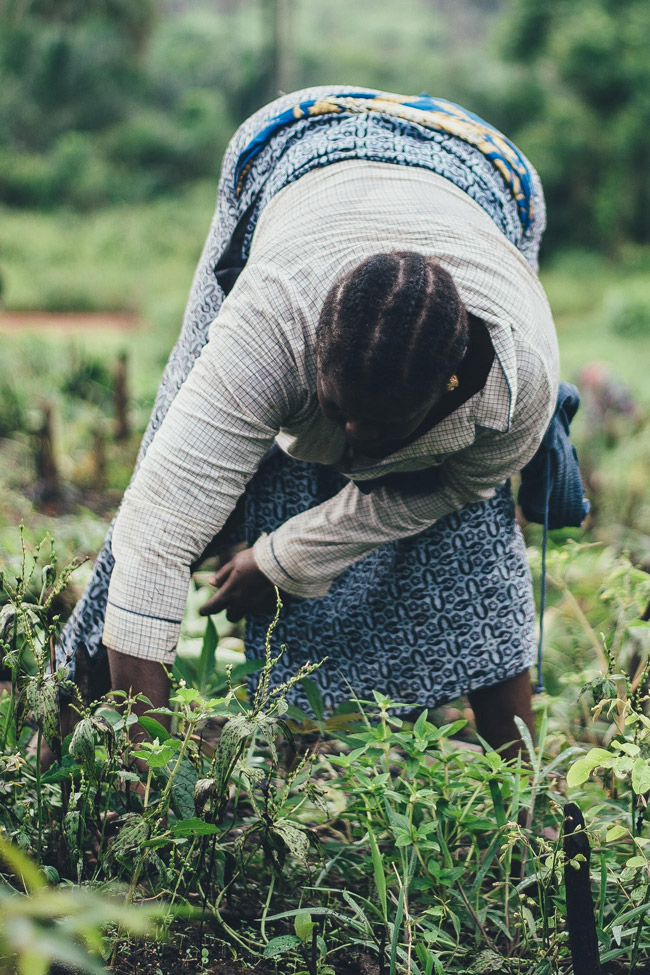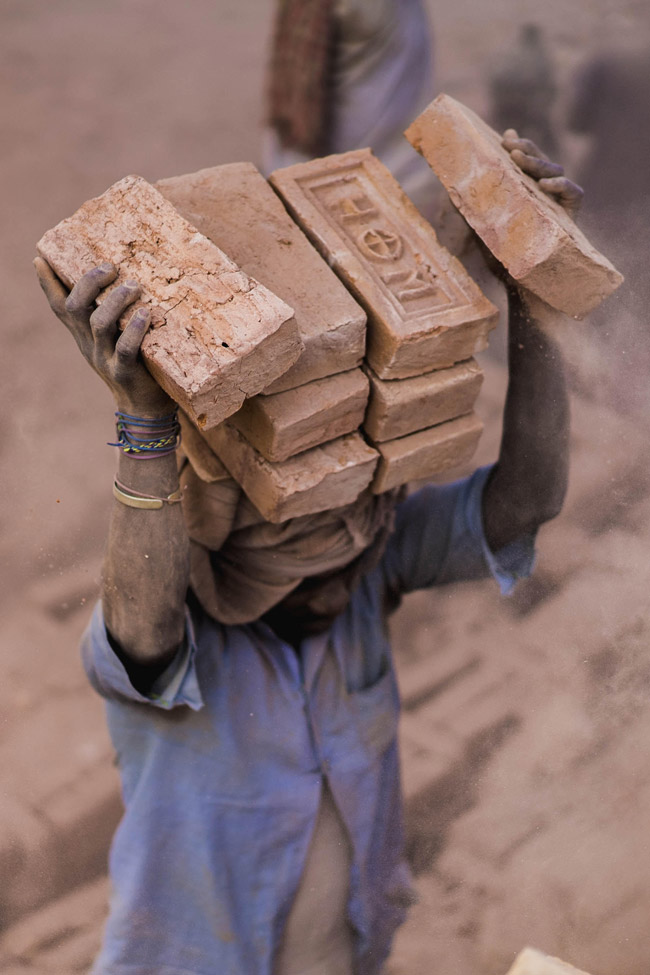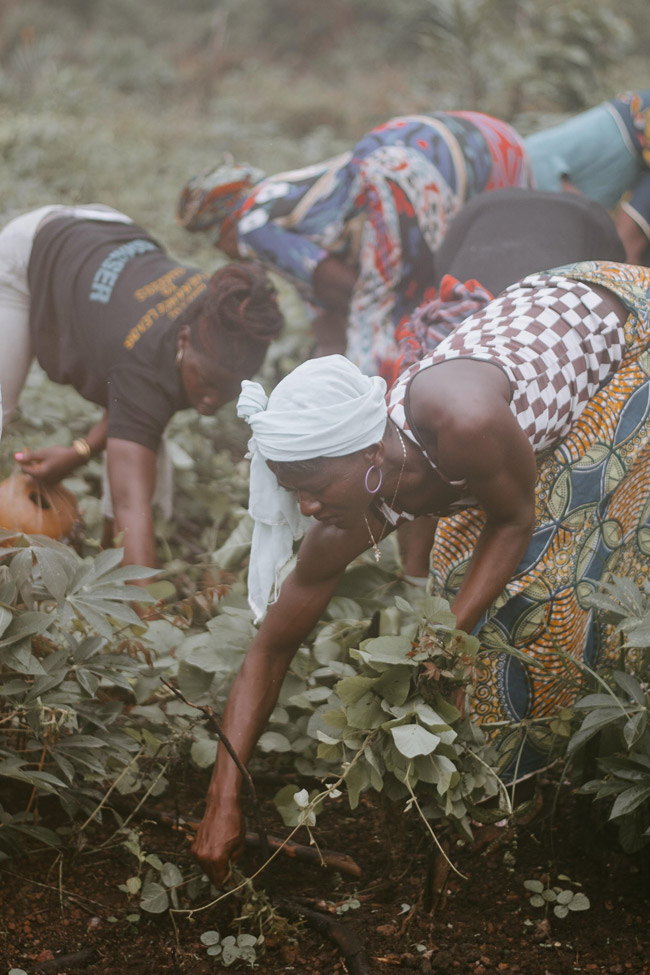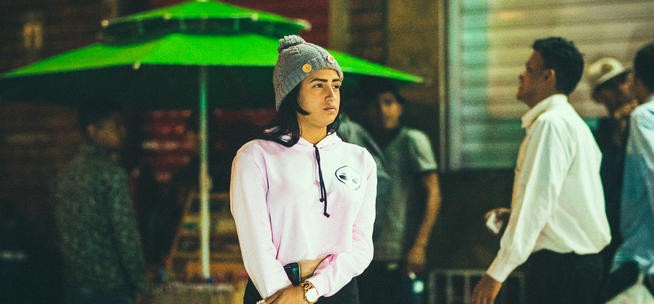Human Trafficking

Human Trafficking is
a modern day slavery in which traffickers
use force, fraud, or coercion to
control victims for the purpose of forced
labor or sexual services
against his/her will.
It affects individuals of every age,
ethnicity, and socio-economic background.
At any given time in 2016, an estimated
40.3 million
people were in modern slavery.
Victims
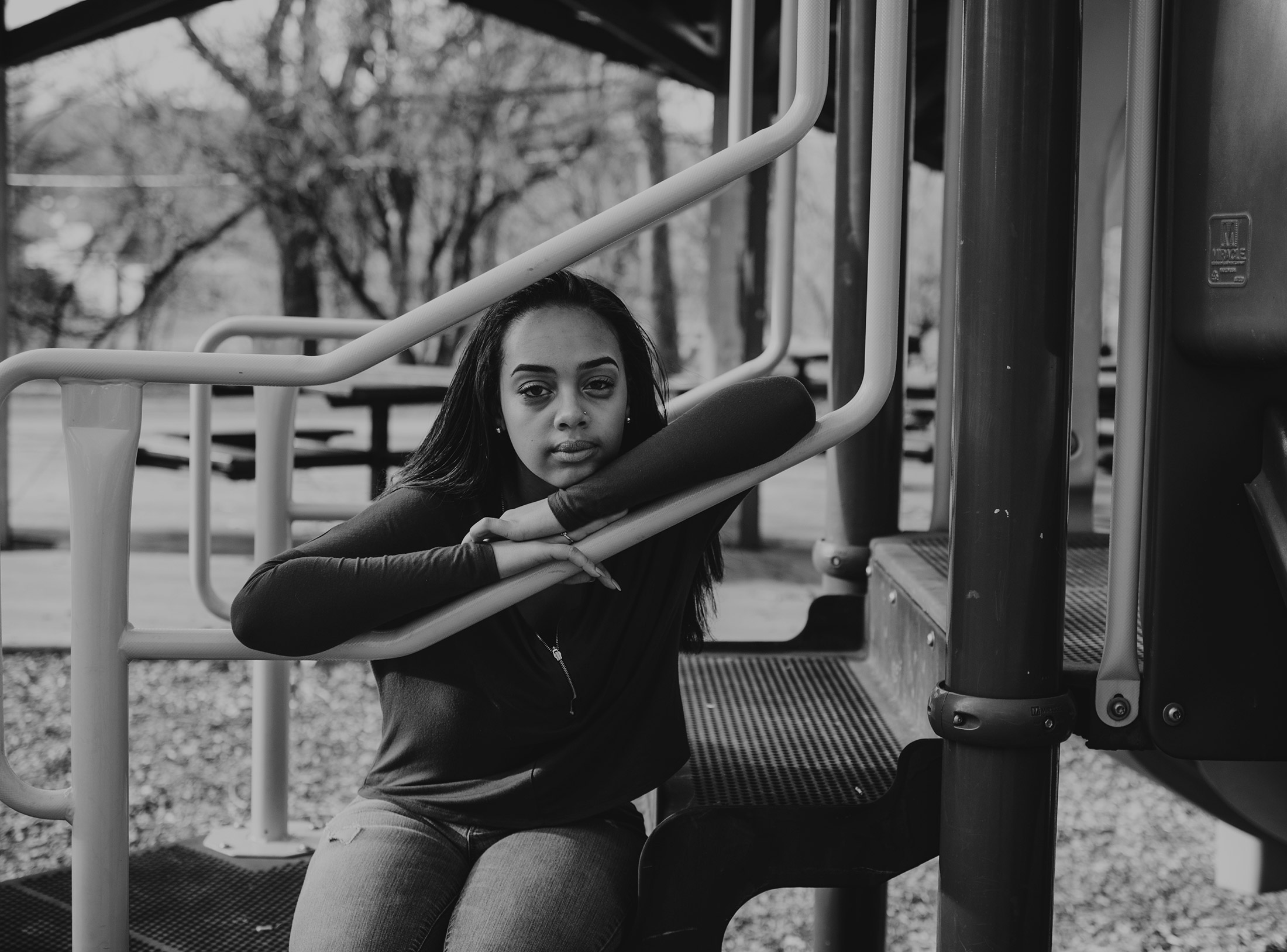
VULNERABILITY
is a common trait that most trafficking victims share.
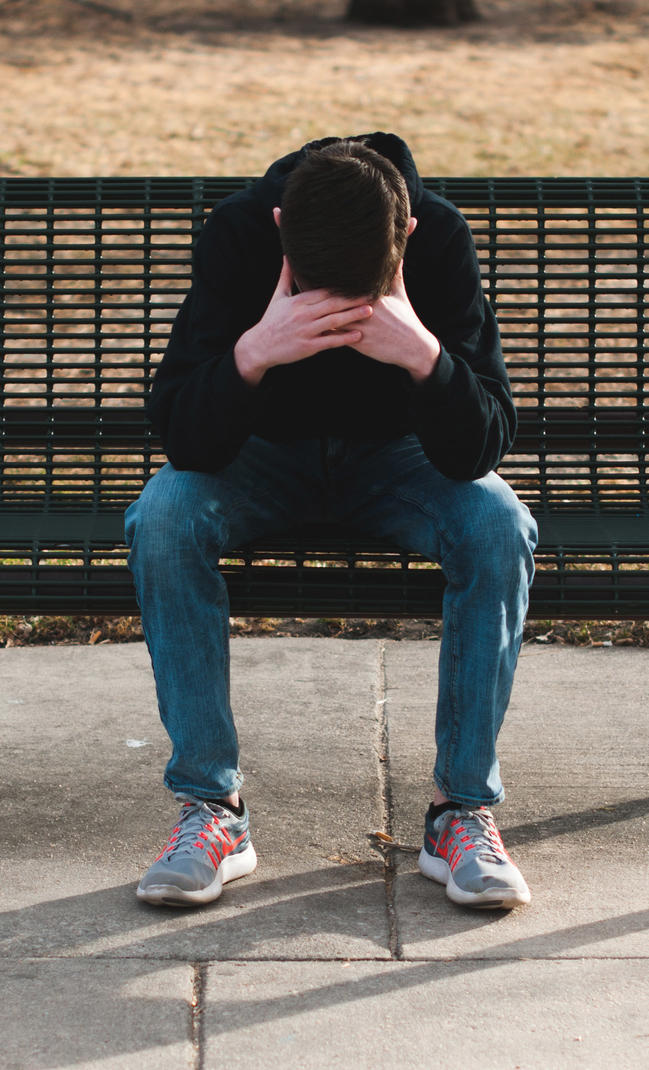
When individuals are highly vulnerable, they can more easily be manipulated and controlled. Extreme poverty and a lack of economic opportunity are chief vulnerability factors for most victims. Traffickers also target those who are on the margins of society — those who are isolated, uneducated, or without strong support systems. That could be a teenage runaway, a refugee family, or a young person who accepts a job in a new city.
Impoverished / Abused / Neglected / Runaways / Homeless / Victims of social discrimination, domestic violence, trauma, or sexual abuse / Victims of war and conflict / Migrants fleeing natural disasters / Foreign nationals / Uneducated / Unemployed / Isolated from Society
Traffickers
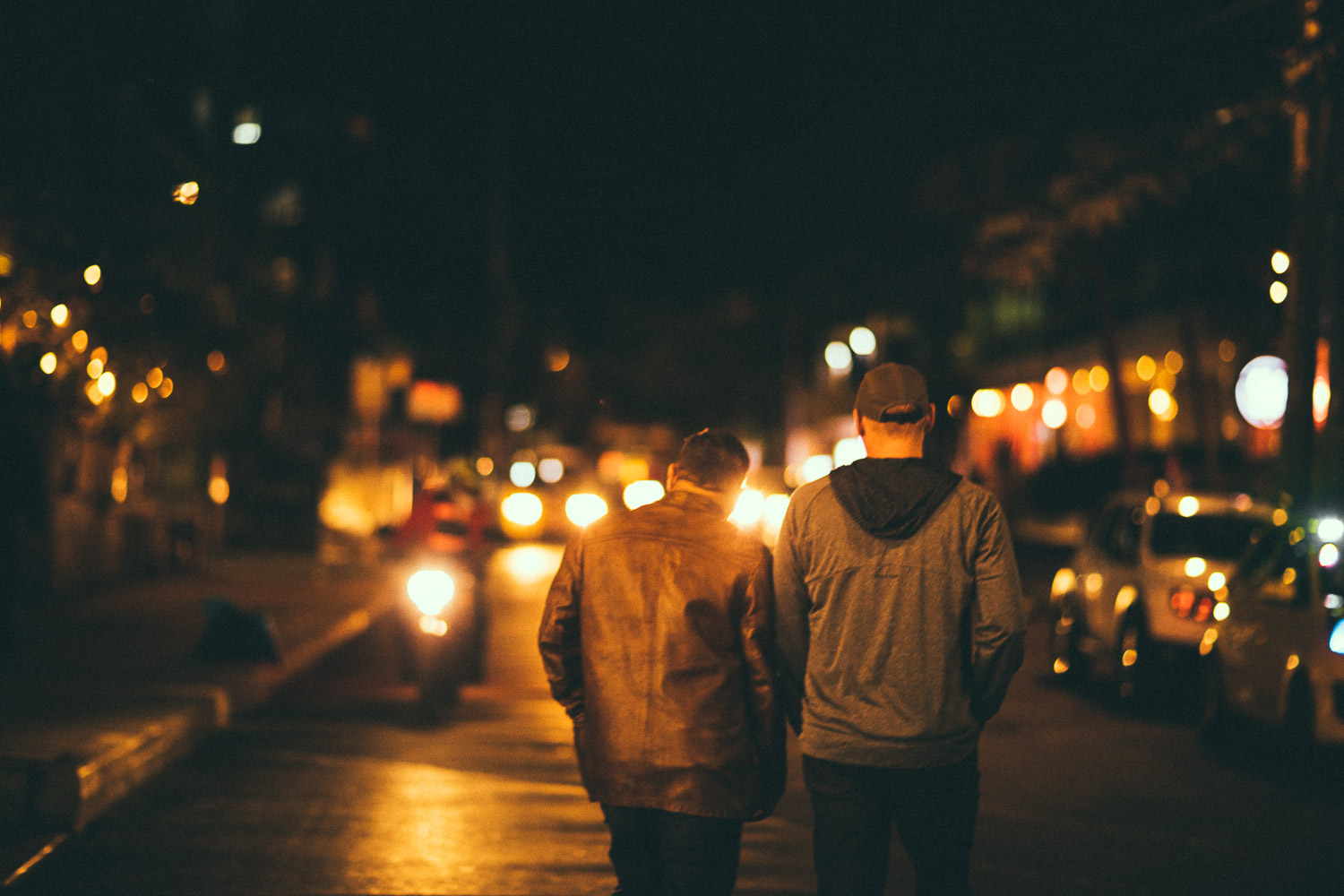
60% of convicted traffickers are male. 40% are female. [2020 UNODC Report]
Traffickers could be individuals running their own operation or working as part of an extensive criminal network. They could be part of a gang or a small business owner—anyone willing to exploit another human being for profit.
CONTROL
TACTICS
Sexual assault / Threats of violence / Isolation / Manipulation and shaming / Drugs and alcohol / Emotional, physical and psychological control / Emotional or physical abuse / Restricting movement by confiscating passports, identification, and money / False documentation
It’s common for traffickers to share the same ethnic and/or cultural background as their victims. This helps them to easily identify vulnerabilities that they can exploit. Traffickers also understand the psychology of the impoverished, the desperate, and the young. Preying on their victims’ insecurities and circumstances, traffickers identify an inherent need — such as money, love, acceptance, food, work, transportation, or lodging — and offer to meet it. A trafficker may propose an attractive job offer to someone who desperately needs work, pose as an affectionate boyfriend for someone who feels lost or unloved, or act as a father figure for a fatherless child. Sometimes, control tactics are more subtle and psychological. Learning about the full range of tactics is necessary in order to understand a trafficked individual’s situation.
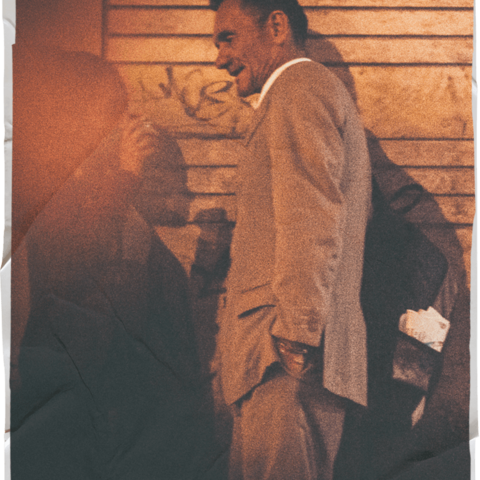
Modern Day Slaves
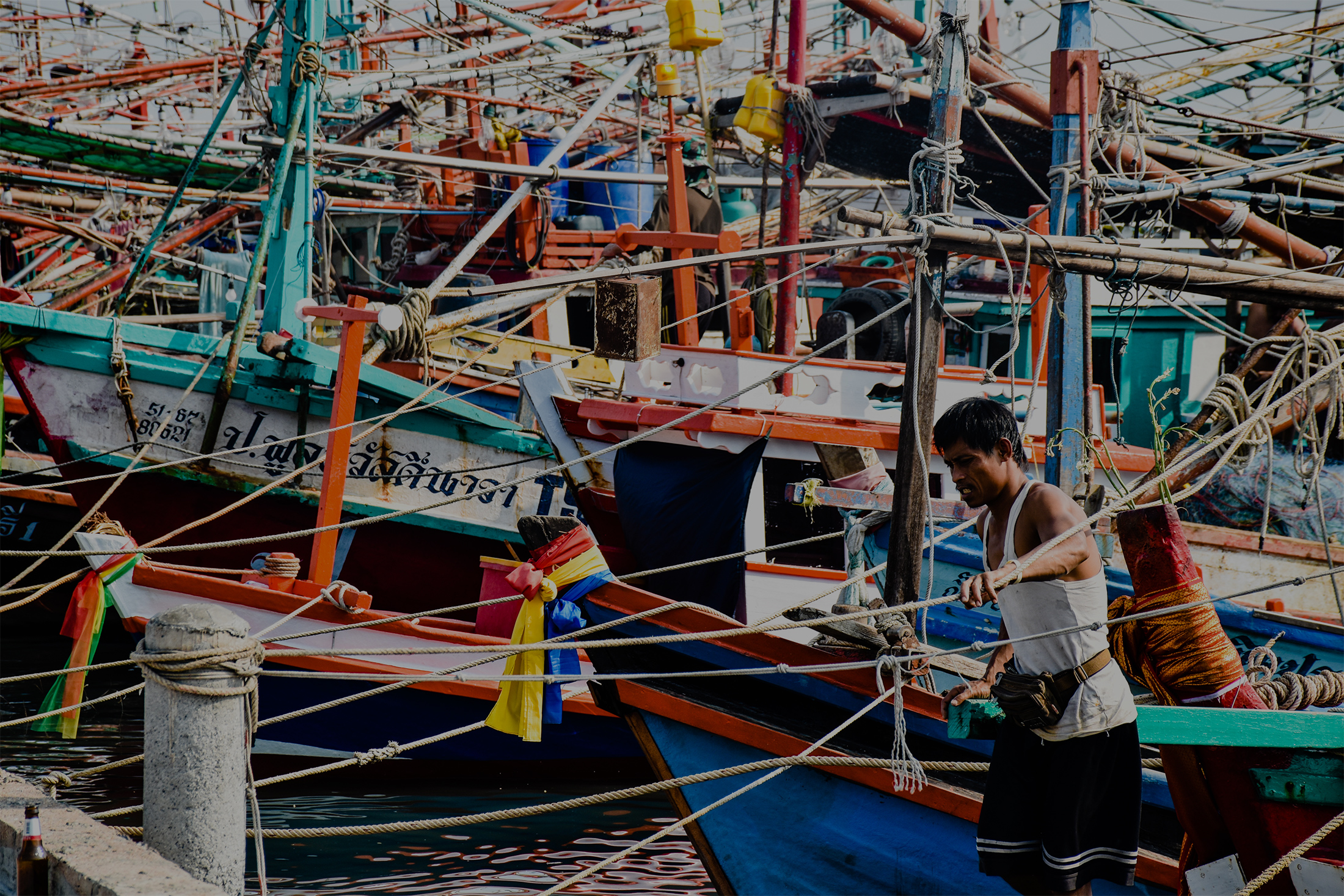
62% forced labor. 30% forced marriage.
8% forced commercial sexual exploitation.
Slave trade of 1886
Modern day slavery
• Physical (marks, bruises, tattoos on body) • Malnourishment • Verbal and emotional abuse • Exhaustion
• Stress • Panic or fear • Depression and/or suicidal thoughts • Vacant stare
• Limited movement • No official documents • Older perpetrator, younger victim • Few or no personal possessions • Not allowed to speak for oneself
• Not paid for work, paid very little, or only paid through tips • Works unusual or excessively long hours • Not allowed breaks or has unusual restrictions at work • Unsanitary, poor living conditions according to cultural norms
• Unexplained school absences • Abrupt change in attire, behavior, or relationships • Presence of an older “boyfriend” or “girlfriend” • Travel with an older male who is not a guardian • Sudden presence of expensive material possessions • Chronic running away
Frequently Asked Questions
Is there a connection between slave labor and my stuff?
Yes! The top industries that use slave labor are technology (laptops, computers, phones), clothing and accessories, fish, cocoa, and timber.
Is there trafficking in the USA?
Every state in the U.S. still has modern slavery. Estimates report over 400,000 individuals are trapped in forced labor, forced sexual exploitation, and forced marriage in the United States
Are men and boys affected by human trafficking?
While the majority of human trafficking victims are female, men and boys are also exploited. They are primarily trafficked for labor, but they can be trafficked for sex as well.

What's the difference between prostitution & sex trafficking?
Sex trafficking occurs when one or both of the following takes place:
- The person providing sexual services is under the age of 18, regardless of the circumstances
- An element of fraud, force, coercion, abduction, or threat exists, making it difficult for the victim to walk away from the situation
Prostitution occurs when an adult individual knowingly and willingly provides sexual services in exchange for payment of some kind.


